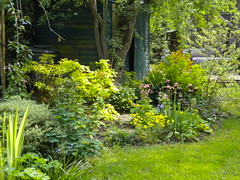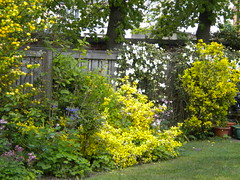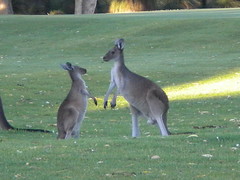As usual I thoroughly enjoyed running the Welcome Host customer care course last week,this time for ITS and library staff at Durham University. It is fascinating to observe how different people respond to the ideas in the course and I always learn something new myself. I read out an email sent to me from my Yoga teacher Marian, as I think it’s very relevant to how we respond when we’re busy and it’s helped me a lot. I’m sure she won’t mind me sharing it (it comes originally from a Bhuddist monk). Here it is:
“Do one job at a time. It’s not that we can do two jobs at the same time. It’s just that we try to. Have you ever found yourself having a conversation with someone and filling in a form and/or writing up a piece of work and/or working on the computer? You can sometimes get away with it with an automatic manual task, but it’s still taxing the brain. Even if we are expert multi-taskers, it’s still necessary to actually fully attend to what is being done. Failing to do this is one reason mistakes are made and accidents happen.
So we need to do one task at a time. That means paying attention to what we are actually doing. The effect is to increase our focus and span of attention. That is, our concentration is enhanced.
Create a pause between every task.
How do you react when the phone rings? Do you launch yourself at the phone? Have you noticed how mobile calls trump everything else? This sort of compulsive behaviour simply increases our agitation. And agitation is wasted energy.
When you come to the end of a task. STOP. Reflect on what you have done. Acknowledge it. And “put it aside”. Take a breath and relax. Let this be as long as it takes to feel inwardly calm. Most often it’s less than a minute.
Take the phone call for instance. Surely most people will wait for three to five rings. At the first ring, just acknowledge where you are with your work. At the second, stop and breathe, at the third calmly pick up the phone.
If we can begin each task with a mind uncluttered, with clarity, our efficiency is increased.”

Flowers in my garden








